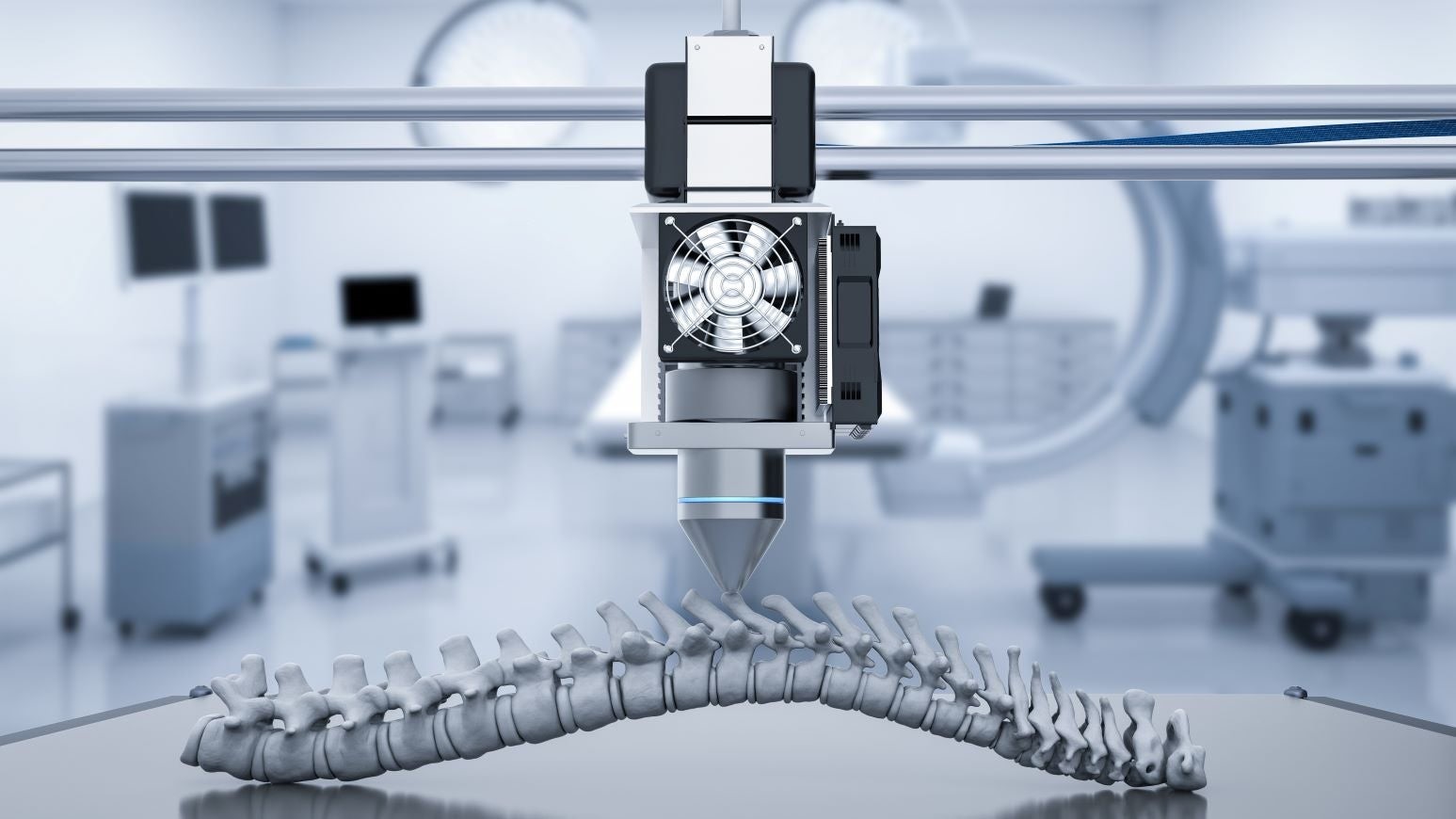Stereolithography is a type of 3D printing that falls under vat photopolymerization, which involves curing liquid resin with a light source, like a laser or projector, to create solid plastic objects. The key difference among these machines is how their main components, such as the light source, resin tank, and build platform, are arranged.

SLA 3D printers utilize a material known as "resin", which reacts to specific wavelengths of light. This reaction causes small chains of molecules to combine and form solid structures with either rigid or flexible properties. SLA 3D printing offers the best precision and accuracy, with finely detailed and smooth surfaces compared to other 3D printing methods.
SLA 3D Printing Process
The technology of Stereolithography 3D printing has evolved significantly over time. In the past, SLA 3D printers were expensive and required skilled technicians and costly service contracts. However, nowadays, small desktop printers can produce high-quality output that is comparable to industry standards, at much more affordable prices and with greater flexibility than before.
Here’re the key stages of the SLA 3D printing workflow:
· Design
We use CAD software or 3D scan data to create a design, and then export it as a 3D printable file in STL or OBJ format. Each SLA printer comes with software that allows one to specify printing settings and slice the digital model into layers for printing. Once we have set up the print parameters, the print preparation software will send instructions to the printer either wirelessly or through a cable connection.
· Printing
Once the correct setup is confirmed, the printing process commences and the machine can operate without supervision until the print is finished. When using a cartridge system, the printer automatically refills the material.
· Post-curing process
After the printing process is finished, the parts need to be rinsed in isopropyl alcohol (IPA) to remove any residual uncured resin from their surfaces. Once the rinsed parts are dry, some materials may require post-curing, which helps them achieve their maximum strength and stability. After post-curing, supports can be removed from the parts, and any remaining support marks can be sanded for a smooth finish.
SLA parts are readily machinable, primable, and paintable, and can be assembled for specific applications or desired finishes. It is a crucial process for functional or engineering resins and is also necessary for certain dentistry and jewelry materials and applications.
Uidea Rapid Prototype is a team of experienced experts in China who utilize the latest techniques in Stereolithography (SLA), an advanced additive manufacturing method based on 3D CAD, computer-controlled layer scanning, and rapid layer separating and accumulating principles. We offer efficient and competitive China 3D printing services tailored to the specific requirements of clients from various industries.
















